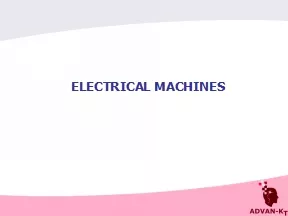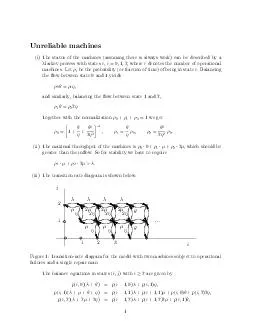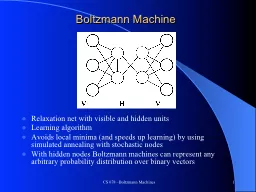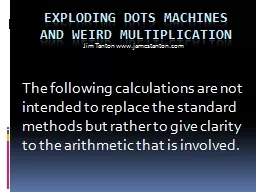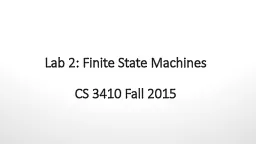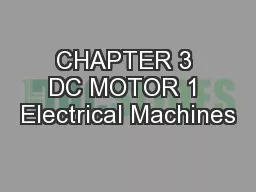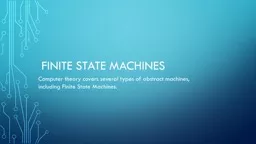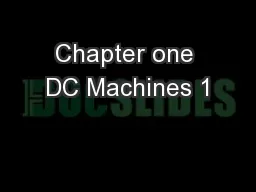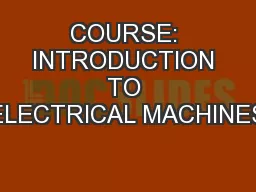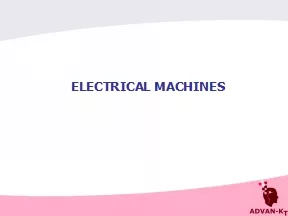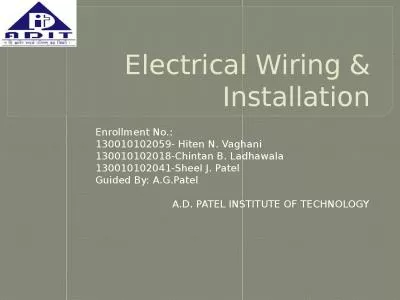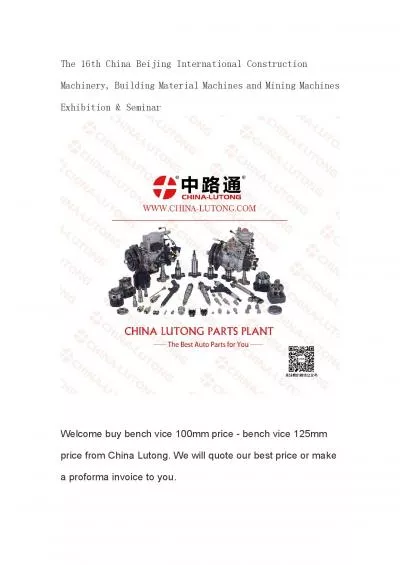PPT-ELECTRICAL MACHINES Types of Electrical Machines
Author : yoshiko-marsland | Published Date : 2018-11-14
DC MACHINES Shunt series separately and compound excited Brush PM INDUCTION ASYNCHRONOUS MACHINES Capacitor start single phase squirrel cage Shadedpole single phase
Presentation Embed Code
Download Presentation
Download Presentation The PPT/PDF document "ELECTRICAL MACHINES Types of Electrical..." is the property of its rightful owner. Permission is granted to download and print the materials on this website for personal, non-commercial use only, and to display it on your personal computer provided you do not modify the materials and that you retain all copyright notices contained in the materials. By downloading content from our website, you accept the terms of this agreement.
ELECTRICAL MACHINES Types of Electrical Machines: Transcript
Download Rules Of Document
"ELECTRICAL MACHINES Types of Electrical Machines"The content belongs to its owner. You may download and print it for personal use, without modification, and keep all copyright notices. By downloading, you agree to these terms.
Related Documents

